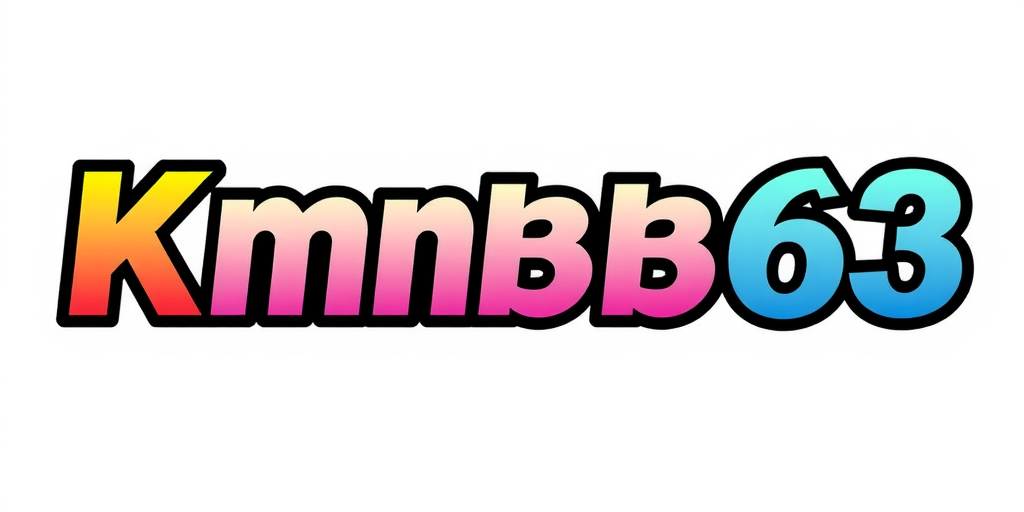



Recent Articles
Meta Introduces First-Ever Smart Eyewear Glasses with Built-In AR Screen
News • April Powell • Sep 18Fighting a Unusual Brain-Eating Infection in an Indian Province
News • April Powell • Sep 18Today's Top Highlights
Discover the latest stories and insights from our community
 News
News
Caracas Initiates Days of Armed Forces and ‘Electronic Warfare’ Drills Following US Strikes on Alleged Narcotics Boats
 By April Powell
•
18 Sep 2025
By April Powell
•
18 Sep 2025
 News
News
The Beloved Series Wraps Up with Movie Finale
 By April Powell
•
18 Sep 2025
By April Powell
•
18 Sep 2025
 News
News
Will the US Fed Rate Reduction Boost the Housing Market?
 By April Powell
•
18 Sep 2025
By April Powell
•
18 Sep 2025
 News
News
United for Palestine: Star-Studded Gig Brings Neneh Cherry and More for Gaza Support
 By April Powell
•
18 Sep 2025
By April Powell
•
18 Sep 2025
 News
News
Donald Trump Praises ‘Special’ UK-US Relationship Throughout Memorable Repeat Diplomatic Tour
 By April Powell
•
18 Sep 2025
By April Powell
•
18 Sep 2025
 News
News
Arne Slot Receives Late Birthday Present as Alexander Isak Experiences Anfield’s Magic
 By April Powell
•
18 Sep 2025
By April Powell
•
18 Sep 2025
 News
News
Multiple Law Enforcement Personnel Lose Lives and Two Harmed in Keystone State Shooting, Police State
 By April Powell
•
18 Sep 2025
By April Powell
•
18 Sep 2025
 News
News
Simeone Blames Altercation with Supporter on Being Abused Throughout the Match’
 By April Powell
•
18 Sep 2025
By April Powell
•
18 Sep 2025
 News
News
Keir Starmer Will Formally Endorse State of Palestine Post Donald Trump's Official Trip
 By April Powell
•
18 Sep 2025
By April Powell
•
18 Sep 2025
 News
News
Isak's Debut Offers Glamour Amid Evident Rust
 By April Powell
•
18 Sep 2025
By April Powell
•
18 Sep 2025
 News
News
Tennis Icon Bjorn Borg Reveals Health Battle with Courage
 By April Powell
•
18 Sep 2025
By April Powell
•
18 Sep 2025
 News
News
The Jimmy Kimmel Show Suspended Indefinitely Following Host's Political Commentator Comments
 By April Powell
•
18 Sep 2025
By April Powell
•
18 Sep 2025
Recent Posts
 News
News
 News
News
 News
News
 News
News
September 2025 Blog Roll
August 2025 Blog Roll
July 2025 Blog Roll
June 2025 Blog Roll
Sponsored News
 News
News
 News
News
Chelsea's manager rages when the German giants defender Tah avoids sending-off in Champions League defeat
 By April Powell
•
18 Sep 2025
By April Powell
•
18 Sep 2025
 News
News
Atletico's Coach Voices Remorse Following Confrontation with Anfield Supporters
 By April Powell
•
17 Sep 2025
By April Powell
•
17 Sep 2025
 News
News
 News
News
My Community Remains Underwater the Majority of the Year—Politicians Embezzle Taxpayer Money
 By April Powell
•
17 Sep 2025
By April Powell
•
17 Sep 2025
 News
News
Aspirin Shows Significant Impact in Reducing Colorectal Cancer Recurrence, Trial Finds
 By April Powell
•
17 Sep 2025
By April Powell
•
17 Sep 2025
